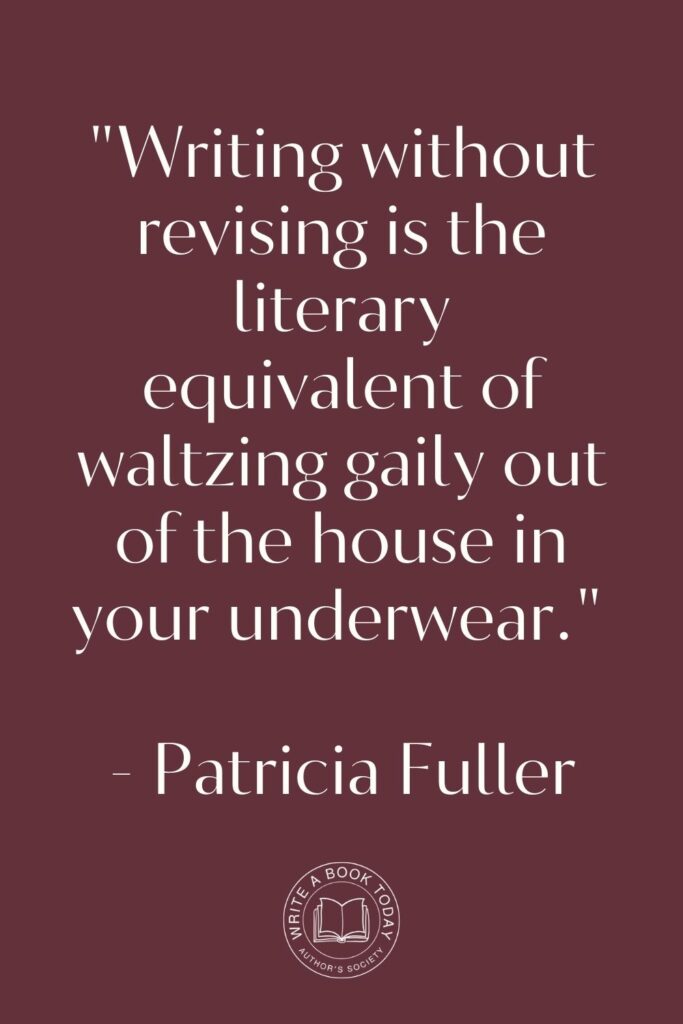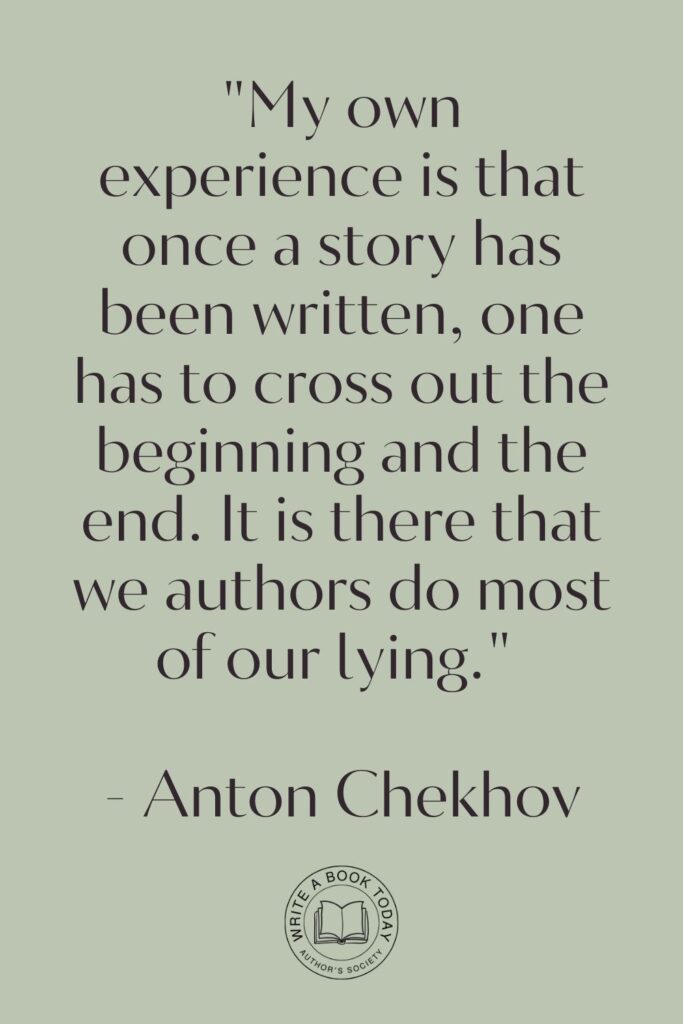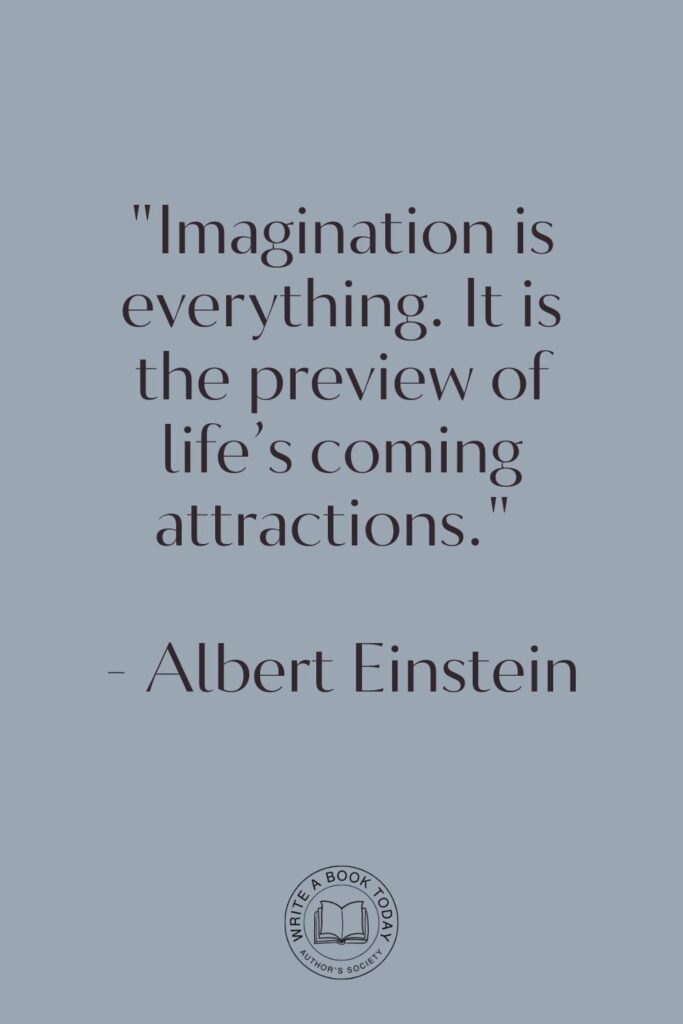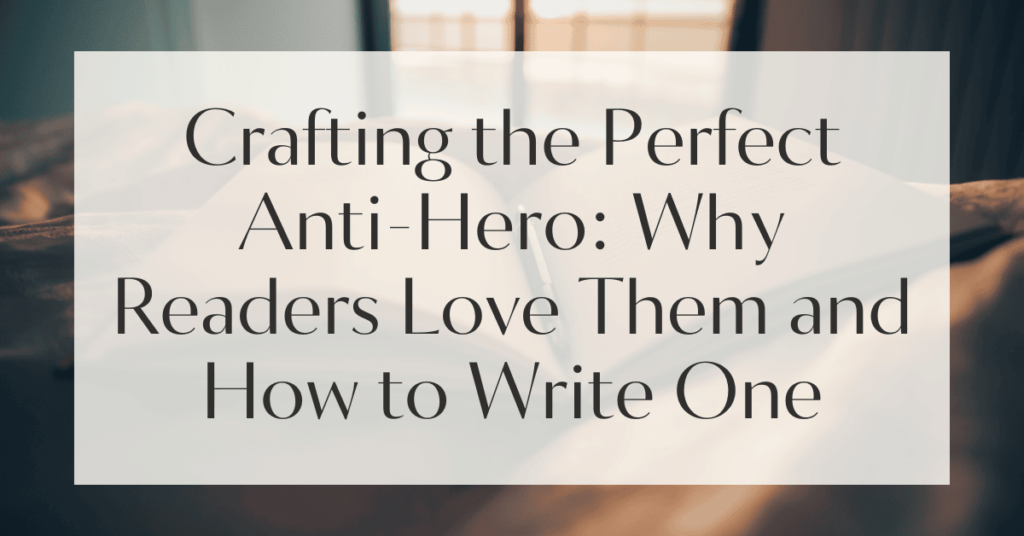The world of literature and media is peppered with characters that defy traditional heroism, leaving readers and viewers captivated by their complex moral landscapes.
Have you ever wondered why we find ourselves irresistibly drawn to these figures who operate in the grey areas of morality?
It’s a fascination that speaks to our own inner complexities and contradictions, mirroring the duality of human nature itself.
Anti-heroes have a special place in our hearts because they embody the intricate dance between light and shadow within us all.
They are not bound by conventional ideals of heroism; instead, they offer a more relatable, flawed, and deeply human portrayal of character.
As we explore the enigmatic allure of the anti-hero, we will delve into their characteristics, the psychology behind their appeal, and how writers can craft such compelling figures.
Understanding the Anti-Hero
Anti-heroes have surged in popularity, challenging the archetype of the infallible hero.
These characters lack the traditional qualities of courage and morality, opting instead for a more nuanced existence.
No marketing platform? No social following? No problem!
Publisher Rocket helps you market your debut novel like a pro.
It’s a gamechanger for debut authors – try it today!


Defining the Anti-Hero: Characteristics and Traits
An anti-hero is often defined by their morally ambiguous nature. Unlike the clear-cut heroes of old, anti-heroes possess a mix of good and bad traits, making them complex and relatable.
They might not have a strong sense of duty or justice, but they are driven by personal motivations that often conflict with societal norms.
Consider the following characteristics commonly found in anti-heroes:
- Flawed yet relatable: They exhibit human weaknesses and vulnerabilities.
- Complex motivations: Their actions are driven by personal desires rather than altruistic goals.
- Moral ambiguity: They often operate in the grey areas of right and wrong.
- Redemption arcs: Many anti-heroes undergo significant growth, seeking redemption for past actions.
The Appeal of Morally Ambiguous Characters
Morally ambiguous characters resonate with audiences because they reflect the complexities of real life.
In a world where black-and-white morality is rare, anti-heroes provide a more authentic portrayal of human nature.
Their internal conflicts and questionable choices make them relatable, allowing us to see parts of ourselves in them.
Moreover, anti-heroes often challenge societal norms, offering a narrative of rebellion and individualism.
This defiance against conventional expectations can be thrilling, inviting readers to question their own beliefs and values.
By embracing the imperfections of anti-heroes, we gain a deeper understanding of the human condition and the myriad shades of morality that exist within it.

The Psychological Connection: Why Readers Are Drawn to Anti-Heroes
The psychological allure of anti-heroes lies in their ability to evoke empathy and curiosity.
As readers, we are drawn to their struggles and triumphs, finding comfort in their imperfections.
The moral complexity of anti-heroes engages our minds, prompting us to explore the reasons behind their actions and the consequences that follow.
Anti-heroes also offer a safe space to explore our own forbidden impulses and desires.
Through their stories, we can vicariously experience the thrill of breaking rules and challenging authority without facing real-world repercussions.
This exploration of the darker aspects of humanity provides a cathartic release, allowing us to confront our own inner demons in a controlled environment.
Crafting Your Anti-Hero: Essential Tips for Writers
Creating a compelling anti-hero requires a delicate balance of traits and motivations.
Writers must carefully craft their characters to ensure they resonate with readers and leave a lasting impact.
Developing a Complex Backstory
A well-developed backstory is crucial for any anti-hero. It provides context for their actions and motivations, adding depth to their character.
A rich backstory can include past traumas, significant life events, or formative experiences that have shaped their worldview.
When crafting an anti-hero’s backstory, consider the following elements:
- Personal history: What events have shaped their personality and values?
- Relationships: How do their interactions with others influence their decisions?
- Inner conflicts: What internal struggles do they face as they navigate their moral landscape?
Balancing Flaws and Redeeming Qualities
The key to a successful anti-hero is the balance between their flaws and redeeming qualities.
While their imperfections make them relatable, their redeeming traits ensure they remain sympathetic and engaging.
An anti-hero might exhibit selfishness or arrogance but show moments of compassion or loyalty that endear them to the audience.
This balance creates a dynamic character arc, allowing the anti-hero to evolve and grow throughout the story.
By challenging their beliefs and testing their limits, writers can craft a journey of redemption that resonates with readers and keeps them invested in the character’s fate.
Creating Moral Ambiguity in Your Narrative
To effectively incorporate an anti-hero into your narrative, it’s essential to embrace moral ambiguity.
This involves crafting situations and conflicts that challenge the character’s values and force them to make difficult decisions.
These moral dilemmas add depth to the story and encourage readers to question their own ethical beliefs.
Consider using the following techniques to create moral ambiguity:
- Conflicting goals: Place the anti-hero in situations where they must choose between equally compelling options.
- Unpredictable outcomes: Ensure that their decisions have consequences that are not immediately apparent.
- Complex antagonists: Introduce antagonists who are equally morally ambiguous, blurring the lines between good and evil.

The Evolution of Anti-Heroes in Literature and Media
Anti-heroes have evolved over time, reflecting changes in societal values and storytelling conventions.
From classical literature to modern narratives, they continue to captivate audiences with their complexity and depth.
Historical Context: From Classical Literature to Modern Narratives
The concept of the anti-hero is not new. It has roots in ancient mythologies and classical literature, where characters like Achilles and Hamlet blurred the lines between heroism and moral ambiguity.
These early examples laid the foundation for the modern anti-hero, showcasing characters driven by personal motivations rather than selfless heroism.
In the 20th century, the anti-hero emerged as a prominent figure in literature, reflecting societal changes and a growing disillusionment with traditional institutions and values.
As the world became more complex, so did the characters in literature, challenging readers to explore the uncertainties and contradictions of modern life.
Google Docs is for notes. Scrivener is for novels. Upgrade your writing game and try it for free today!

Contemporary Examples of Anti-Heroes
Today’s media landscape is rich with anti-heroes who challenge traditional storytelling tropes.
Characters like Walter White from “Breaking Bad,” Lisbeth Salander from “The Girl with the Dragon Tattoo,” and Tyrion Lannister from “Game of Thrones” have become iconic figures, captivating audiences with their moral complexity and captivating journeys.
These contemporary anti-heroes reflect the diverse and multifaceted nature of the human experience, offering a fresh perspective on heroism and morality.
Their stories invite us to explore the shades of grey within ourselves and question the boundaries of right and wrong.
The Cultural Impact of Anti-Heroes in Society
Anti-heroes have had a profound impact on culture, shaping our understanding of heroism and morality.
They challenge traditional narratives, offering a more nuanced portrayal of human nature that resonates with audiences worldwide.
By subverting established tropes, anti-heroes inject unpredictability and realism into storytelling, making their narratives more engaging and thought-provoking.
The cultural significance of anti-heroes extends beyond literature and media, influencing societal attitudes and sparking conversations about morality, identity, and the human condition.
Their enduring appeal lies in their ability to reflect the complexities of our world, offering a mirror to our own imperfections and the contradictions we navigate in our daily lives.

Exploring the Reader’s Perspective: Engagement with Anti-Heroes
Readers are drawn to anti-heroes for various reasons, from empathy and identification to moral curiosity and real-world implications.
Empathy and Identification with Anti-Heroes
Anti-heroes evoke empathy because they mirror our own struggles and imperfections.
Readers often identify with their flaws, finding solace in their relatable nature.
This connection fosters a deeper engagement with the character’s journey as readers root for their redemption and growth.
By exploring the anti-hero’s internal conflicts and moral dilemmas, readers gain insight into their own values and beliefs.
This introspection encourages a more profound understanding of the human condition and the complexities of morality, making the anti-hero’s narrative all the more compelling.
Feeling lost with your debut novel?
Fiverr Pro connects you with expert editors, designers, and marketers – everything you need to get your book ready for success!

Moral Curiosity: The Allure of the Dark Side
Anti-heroes offer a safe space to explore the darker aspects of human nature.
Their morally ambiguous actions and decisions pique readers’ curiosity, prompting them to question the boundaries of right and wrong.
This exploration of moral grey areas is both thrilling and thought-provoking, challenging readers to reconsider their own ethical beliefs.
The allure of the dark side lies in its ability to captivate our imagination and provoke introspection.
By confronting the anti-hero’s moral ambiguity, readers are invited to explore their own forbidden impulses and desires, gaining a deeper understanding of themselves and the world around them.
Real-World Implications of Anti-Hero Narratives
The impact of anti-hero narratives extends beyond the pages of a book or the screen of a television.
These stories often serve as a reflection of societal issues and cultural shifts, offering commentary on the complexities of modern life.
By challenging traditional notions of heroism and morality, anti-heroes encourage readers to think critically about the world they inhabit.
Through their narratives, anti-heroes provide a platform for exploring themes of identity, power, and justice.
They invite readers to engage with the ethical dilemmas and moral questions that shape our society, fostering a deeper understanding of the human experience and the challenges we face.

The Future of Anti-Heroes: Trends and Predictions
As society continues to evolve, so too will the concept of the anti-hero.
Emerging trends and predictions suggest a bright future for these complex and captivating characters.
Shifting Narratives: The Rise of Diverse Anti-Heroes
The future of anti-heroes is marked by a growing diversity in representation and storytelling.
As audiences seek more inclusive narratives, writers are embracing a wider range of characters and perspectives.
This shift towards diverse anti-heroes reflects a broader understanding of human nature and the complexities of morality.
By exploring the stories of characters from different backgrounds and cultures, writers can offer fresh perspectives on heroism and morality.
This diversity enriches the narrative landscape, providing audiences with a more comprehensive view of the world and the myriad ways in which individuals navigate their moral journeys.
The Role of Social Commentary in Anti-Hero Stories
Anti-hero stories have long served as a vehicle for social commentary, offering insights into the issues and challenges facing society.
As we look to the future, this trend is likely to continue, with writers using anti-heroes to explore themes of justice, inequality, and identity.
Through their narratives, anti-heroes provide a lens through which to examine the complexities of the human condition and the moral questions that define our world.
By engaging with these stories, readers are encouraged to think critically about the society they inhabit and the values they uphold, fostering a deeper understanding of the challenges we face and the potential for change.
Conclusion: The Enduring Allure of Anti-Heroes
The allure of anti-heroes is undeniable, captivating audiences with their complexity, relatability, and moral ambiguity.
These characters challenge traditional notions of heroism, offering a more nuanced portrayal of human nature that resonates with readers and viewers alike.
As we continue to explore the depths of the anti-hero’s journey, we are reminded of the power of storytelling to reflect the complexities of our world and the myriad shades of morality that define our lives.








